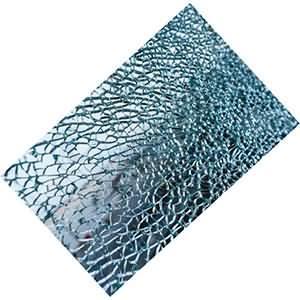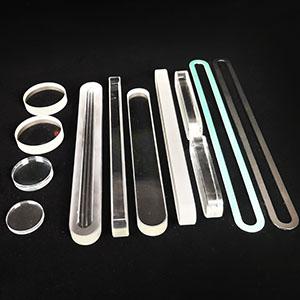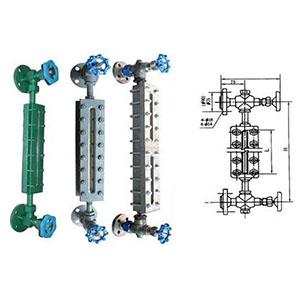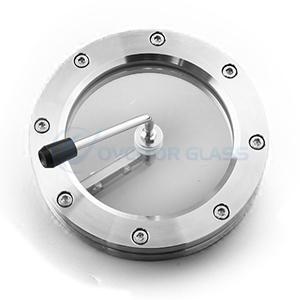Properties of Borosilicate Glass Tube
Usually, the most common borosilicate glass tube on the market is the glass tube with a linear expansion coefficient of 3.3. The international brand represented by Duran is the most famous. At present, our company can provide the same performance parameters as the Duran brand. Borosilicate glass tube, and accept the size Customized. The following is a brief introduction to the performance parameters of the recognized Duran borosilicate glass tube.1. Physical properties
An important feature of DURAN® borosilicate glass is its excellent heat resistance, which makes it particularly suitable for laboratory utensils.
High temperature and thermal shock resistance when heated
The maximum operating temperature that DURAN® borosilicate glass can withstand is 500°C. When the temperature reaches above 525°C, the glass begins to soften and begins to transform from solid state to viscous fluid state. DURAN® glass is not only highly resistant to chemical corrosion, but also has a very low coefficient of thermal expansion, making it thermal shock resistant. The thermal shock resistance of DURAN® glass is more than three times that of ordinary glass, which means it can withstand any change from hot to cold (until Dt = 100K). The linear expansion coefficient of DURAN® glass (20/300°C) is 3.3*10-6/K. The glass will not break under any pressure generated in the glass, such as pouring boiling water into a DURAN® glass container, and the container will not break.
Low temperature resistance
DURAN® glass can also be cooled to the maximum extreme sub-zero temperature, which means that DURAN® is also suitable for use in liquid air (about -192°C). In general, it is recommended that the operating conditions be within the range of -70°C, and at extreme low temperatures, pay attention to the operation so that the temperature difference does not exceed 100K. When placing frozen substances in DURAN® test bottles or DURAN® test tubes, the maximum capacity is limited to 3/4, and it is tilted to 45°C.
use in microwave
DURAN® is also suitable for use in microwaves. Properties of SCHOTT DURAN Borosilicate Glass
Properties of DURAN Borosilicate Glass
2. Optical characteristics
DURAN® borosilicate glass has no special absorption in the visible spectral region, so the appearance of DURAN® is clear and colorless. DURAN® absorbs very little in the spectral range of approximately 310-2200 nm. If you are in contact with light-sensitive substances in use, the glass surface can be tinted to brown in a transitional color, which can absorb light in the short-wavelength region well, and the absorption limit of tinted glass is about 500 nm.
The transmission of light in the UV region of DURAN® glass is of particular importance in photochemical processes, where the degree of transmission can indicate photochemical reactions such as chlorination and sulfochlorination. Chlorine molecules absorb in the range of 280-400 nm and thus act as a carrier of radiant energy.
Properties of SCHOTT DURAN Borosilicate Glass
3. Chemical properties
DURAN® borosilicate glass resists chemical corrosion better than most metals and other materials and can withstand temperatures in excess of 100°C. Even if it is affected by water and acid, only a very small amount of monovalent ions is filtered out of the glass, so a thin layer of silicic acid film with fine pores is formed on the surface of the glass, which inhibits the erosion of further chemical reactions. DURAN® glass resists attack by water, neutral and acidic salt solutions, strong acids and their mixtures, as well as chlorine, bromine, iodine and organic substances, among others. The glass surface is corroded to a certain extent only when exposed to hydrofluoric acid, fluoride-containing solutions such as ammonium fluoride, phosphoric acid and strong alkaline solutions that are heated too high, and gradually strengthened and heated.





